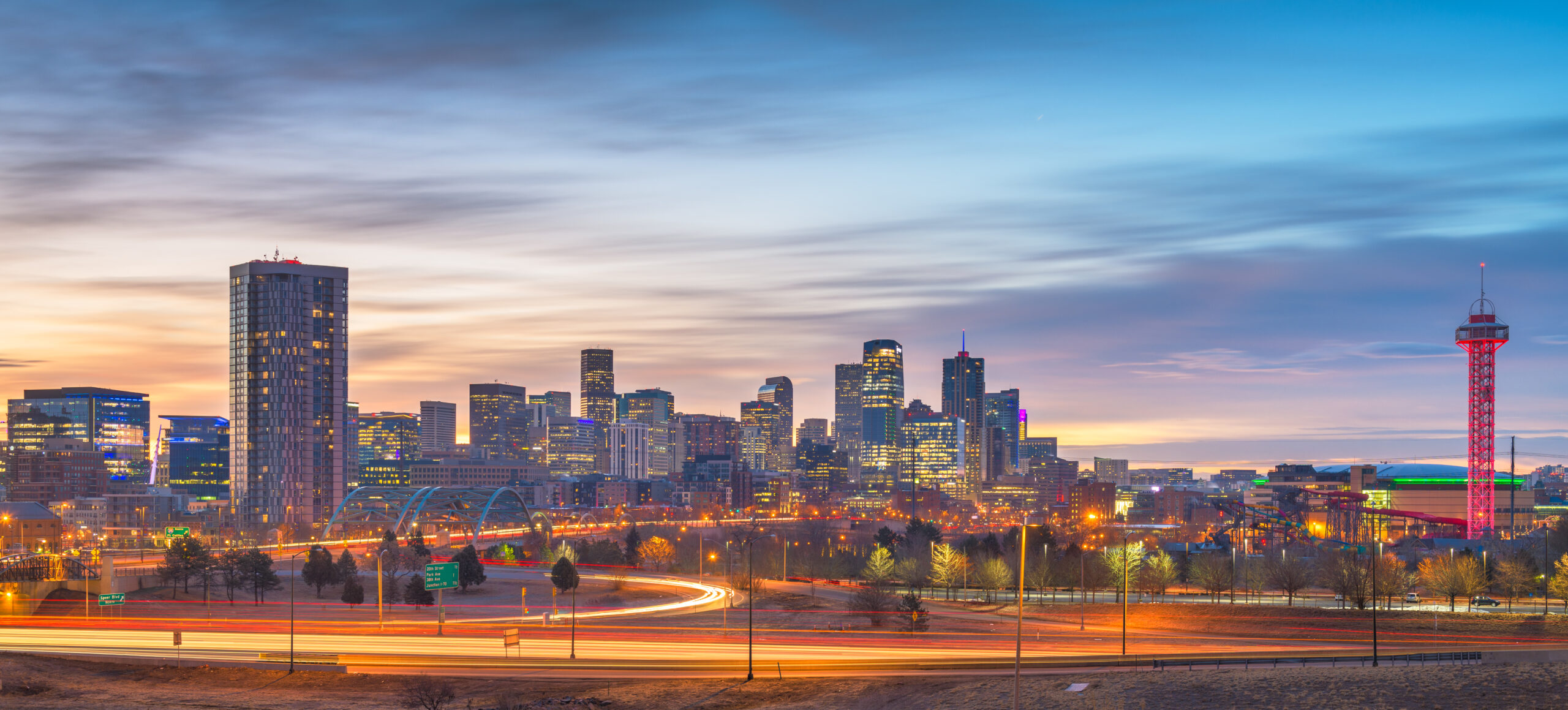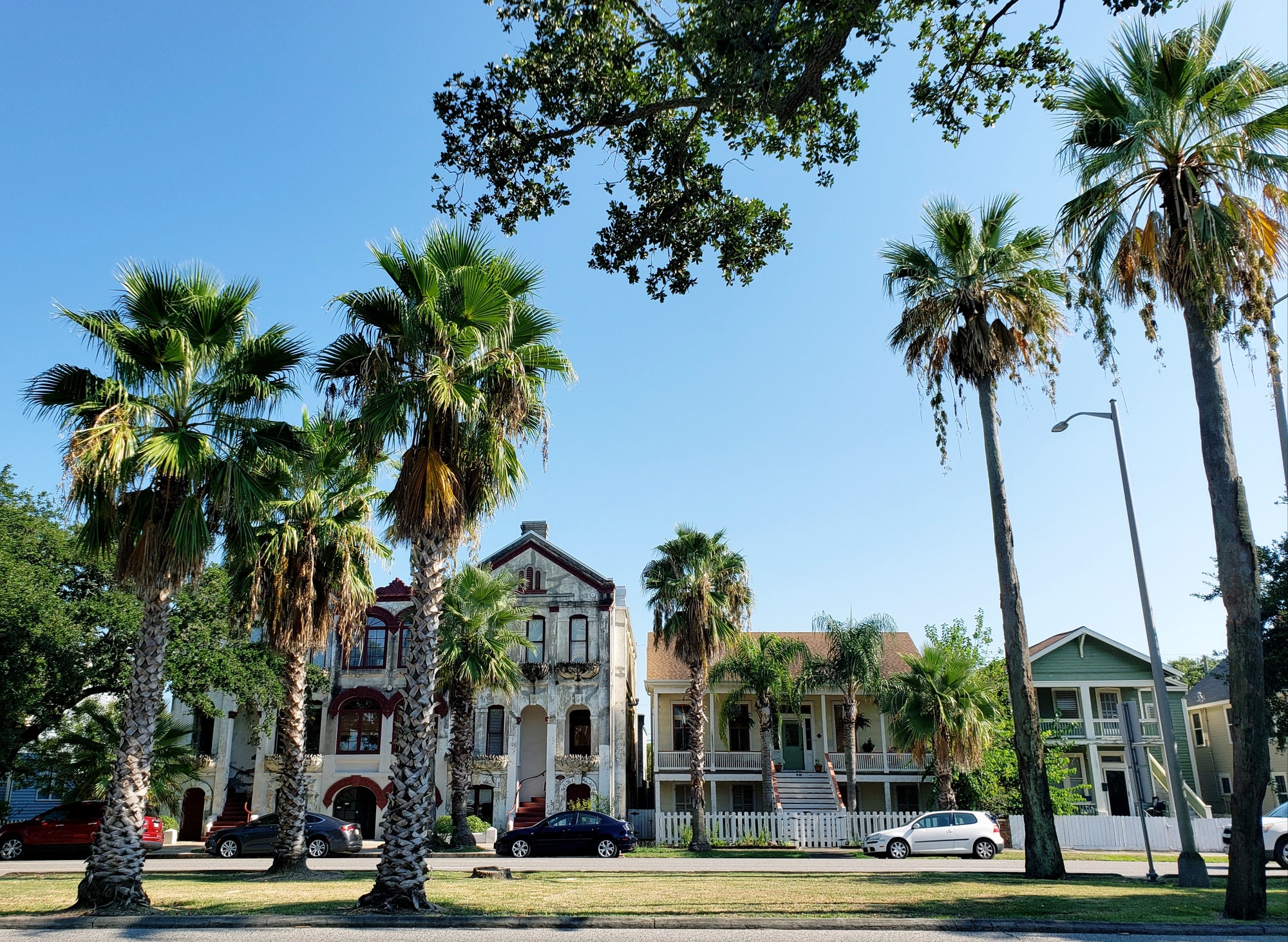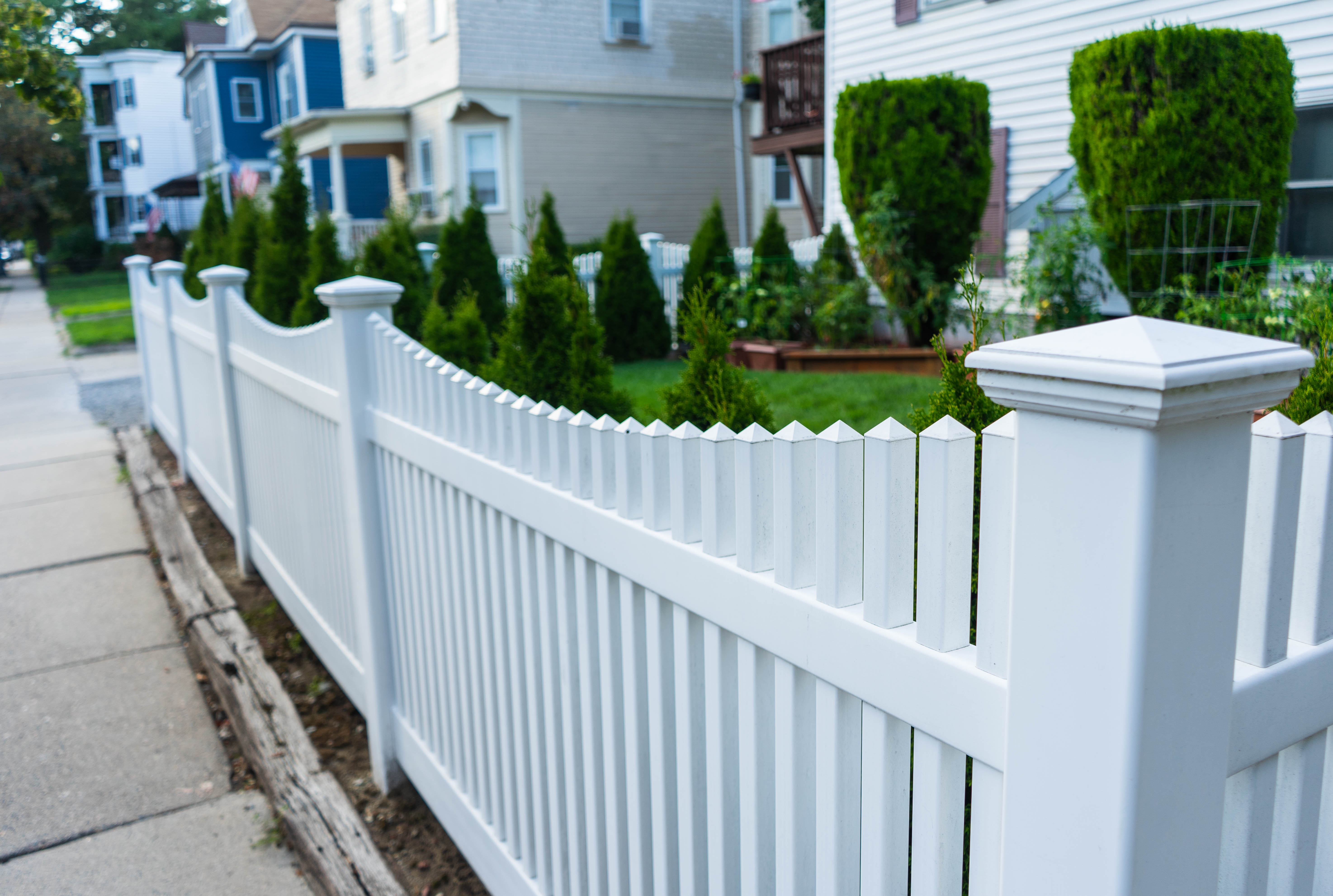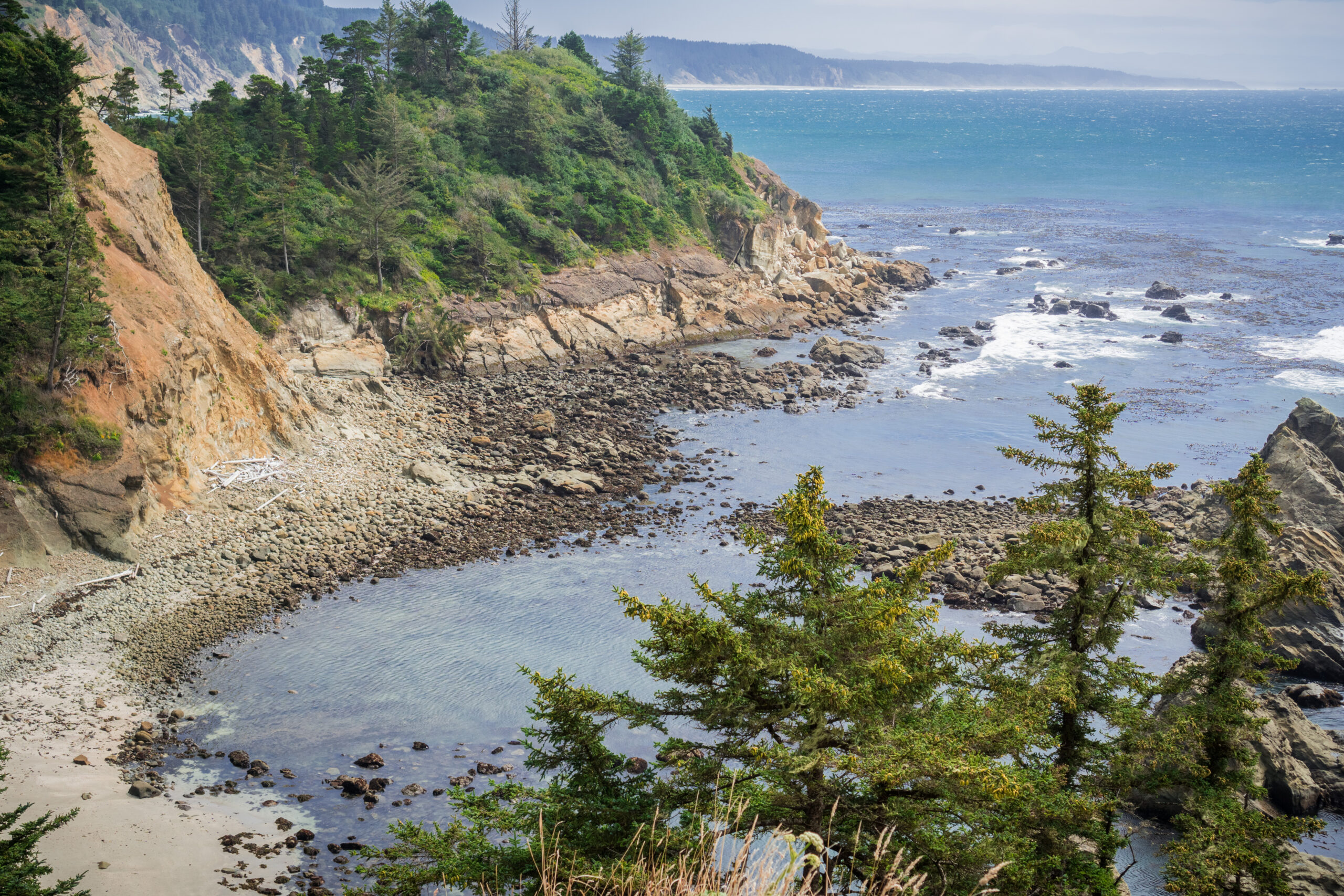In recent years, the Colorado housing market has seen significant fluctuations, proving to be a subject of curiosity and concern for prospective home buyers, sellers, and the casually intrigued alike.
We see an exciting landscape after diving into the cold, hard facts of March 2023. Colorado’s housing prices were observed to dip by 4.0% from the previous year, with the median sales price for single-family homes settling at a cool $599,900, a drop of 5.5% from March 2022. The homes linger longer on the market, with median days jumping from 19 to 38 days for all properties and 15 to 45 days for single-family homes.
A significant decrease of 17.4% was noted in the number of homes sold compared to last year, coupled with a substantial leap of 45% in active listings. A picture begins to form, revealing a market in metamorphosis.
Why should you invest time in understanding these market trends? But knowledge is power. Whether you’re eyeing Colorado’s charming college town of Fort Collins, envisioning life in the vibrant heart of Denver, or planning a serene retirement in one of Colorado’s many idyllic locales, comprehending the market’s ebb and flow could be the key to unlocking your dream home.
The Pulse of Denver’s Real Estate Housing Market: How’s the Real Estate Market in Denver Looking?
Navigating the Denver housing market maze can be daunting, but understanding recent trends can make the journey less labyrinthine. Let’s delve into the market dynamics and influences of the city’s ever-evolving housing scene.
The Seller’s Play: A Sneak Peek into the Current Market Cycle
It’s clear that Denver’s housing market is currently a “seller’s market.” Despite the slight dip in home prices since their peak in April 2022, sellers are holding their cards close to their chest, waiting for interest rates to drop. But let’s not overlook the fact that the median home price in Denver continues to rise month-to-month. With a median price tag of $562,500, houses in Denver are still enticing buyers—albeit discerning ones.
Economy, Job Growth, and Population Changes
The Denver housing market isn’t isolated—intimately entwined with the economy, job growth, and population changes. Job growth is robust, fueling a population boom and indirectly nudging home prices. An interesting subplot here is the palpable shift in the rental landscape. Rents are hiking up in suburban sunbelt areas, while dense urban locales are experiencing a slight slump.
A Dip or a Dive?
Denver’s home prices have taken a mild dip after touching a record median sale price of $650,000 in April 2022. However, home prices in the Denver metro area remain steep, with the 12-month average median sale price from March 2022 to February 2023 standing tall at $579,926. The price dip doesn’t signify a nosedive but rather a minor correction in the market.
The Rise of the Luxury Market: Denver’s High-End Home Scene
The “Luxury Market,” which includes homes priced at over $1 million, is seeing an upswing. In February alone, nearly 61% more luxury homes were on the market. And this trend shows no signs of tapering off. Meanwhile, the “Classic Market,” which includes houses priced between $300,000 and $500,000, is grappling with an inventory shortage, making it harder for working people to find affordable housing.
Denver’s Rental Market Trends
Denver’s rental market has always been a mixed bag. On one hand, the rents have surged by 8.8% compared to last year. On the other hand, compared to the national average of 12.3%, Denver’s year-over-year rent growth lags.
Surprisingly, Englewood has witnessed the fastest rent growth in the metro, with a year-over-year increase of 13.8%. Cities like Golden and Laramie have also registered an uptick in rents, making them potential hotspots for rental property investment.
Decoding the Dance of Numbers: Unraveling Colorado’s Housing Market Trends
Much like a kaleidoscope, the housing market ceaselessly churns out colorful patterns. In the context of Colorado’s real estate scene, it gets interesting. So, let’s take a closer look at the recent trends to understand what they reveal about Colorado’s housing market.
The Current Market Cycle: A Pendulum in Motion
Colorado’s real estate has been in a seller’s market over the past few years. It has been primarily characterized by more buyers than available houses and properties selling like hotcakes. However, recent data from March 2023, including a 4.2% drop in the median sales price for single-family homes and a 100% increase in average days on the market, suggest a subtle shift. With active listings leaping nearly 42% and the month’s supply of inventory rising from 0.9 to 1.6, the pendulum is swinging towards a more balanced market.
Influencers on the Stage: Economy, Job Growth, Population Changes, and More
Several actors play significant roles in a marketplace as dynamic as Colorado’s housing sector. Job growth and population changes, for instance, shape the demand for housing. The increase in active listings and the slight dip in average sales price might signal a cooling need attributed to these factors. However, a balanced market does not necessarily spell doom. The market could be catching its breath, adjusting to the changing economic and demographic landscape.
The Unseen Player: COVID-19 and Real Estate
The COVID-19 pandemic, an unseen but potent player, has left indelible footprints on the real estate stage. While specific impacts on Colorado’s market are hard to quantify, nationwide trends have shifted towards suburban and less densely populated areas. This could contribute to the increased inventory and cooling prices observed in Colorado as urban dwellers seek quieter, more spacious living arrangements.
A Closer Look: The Dynamics of Demand and Supply
March 2023 saw a 7.9% year-over-year increase in homes for sale in Colorado, contrasting with a 20% decrease in new listings. These figures suggest a rich tapestry of dynamics. While buyers appear more selective, possibly due to increased options, sellers are playing the waiting game, anticipating better market conditions. However, with 28.9% of homes selling below the list price, the market could indicate a shift in bargaining power from sellers to buyers.
Buying a Home in Colorado: A Conundrum Worth Solving
The decision to buy a home in Colorado depends significantly on location. With a median single-family home price of over $762,000, Boulder County paints a different picture from El Paso County’s more manageable $445,000. With average down payments in 2022 hovering around $83,000, weighing factors like credit score, interest rates, and additional homeownership costs before leaping is essential. But remember, every monthly rent check is a missed opportunity to build equity.
Selling a Home in Colorado: Timing the Market
Colorado’s market may be signaling a transition period for those considering selling. With property values leveling off, waiting for further price escalation might not be fruitful. However, factors like location and the potential for rental income should be considered before deciding. Knowing when to sell is as much an art as a science; making a well-informed decision is critical.
Colorado’s housing market continues to be a fascinating spectacle in the grand scheme of things. While the stage seems set for a more balanced market, only time will reveal the truth.
Unveiling Colorado’s Hidden Gems: The Perfect Retirement Havens
As we navigate through the labyrinth of life, we yearn for a place to call home, especially in our sunset years. And what better location than Colorado, with its awe-inspiring landscapes and hospitable communities? A combination of affordability, safety, and a well-rounded amenity suite serves as our compass in unveiling the top retirement havens in the Centennial State. Let’s embark on this exploratory journey of the best places to live in Colorado for retirees.
Federal Heights: A Pocket-Friendly Suburban Paradise
Federal Heights, nestled in the outskirts of Denver, offers the quintessential Colorado experience at a fraction of the cost. It’s a haven for retirees with affordable housing, amenities, and a crime rate lower than most Denver suburbs. It’s just a stone’s throw away from Denver’s pulsating city life. The cherry on top? A local winery that pairs perfectly with the state’s renowned vistas.
Sterling: Where Tranquility Meets Adventure
Perched on the historic Overland Trail, Sterling offers an unbeatable blend of affordability, serenity, and accessibility to nature. Retirees can immerse themselves in the breathtaking Colorado landscapes and enjoy the tight-knit community that Sterling promises. It’s a peaceful nook for those seeking solace in their golden years.
Pueblo: Riverside Serenity with a Lower Cost of Living
Pueblo is a city where history meets nature, with the Arkansas River adding to its scenic charm. The city’s historic Riverwalk, bustling with shops and restaurants, adds to the allure. Lake Pueblo State Park’s 60-mile shoreline and two marinas offer a retirement full of fishing and boating adventures. All these luxuries come with a surprisingly affordable price tag.
Cañon City: The Mountainous Retreat
Cañon City is a scenic masterpiece where retirees can savor the Colorado essence – stunning mountains, local wineries, and many cultural experiences. It’s a launchpad for your next adventure, promising an active and engaging retirement.
Fort Morgan: The Scenic City by the River
Fort Morgan, an enchanting city on the banks of the South Platte River, is a picturesque setting for retirees seeking a relaxed, healthy lifestyle. The town is peppered with stunning natural landscapes, making it an irresistible retreat for nature lovers.
Best Places to Live in Colorado
Despite Colorado’s higher cost of living than the national average, certain perks help offset this. For instance, Colorado boasts one of the lowest residential property taxes, with an average rate of 0.49%. Additionally, the per capita personal income stood at around $70,706 in 2021, surpassing the national average of $64,100.
Establishing the Benchmark: What Makes a Place Ideal?
The selection criteria for ideal places focus on affordability, quality of life, safety, and more. Whether you’re drawn to the metropolises of Denver and Colorado Springs, small mountain hamlets, or dynamic cities with top-notch universities on the Western Slope, we’re here to help. Let’s delve into the cost of living, school quality, and other vital aspects that make a place livable.
- Pueblo: Affordable Living with a Southwestern Flair
Welcoming 112,368 residents, Pueblo stands out as one of Colorado’s most reasonably priced mid-sized towns. Its vibrant southwestern vibe and abundance of sunshine add to its appeal. Various shops, restaurants, and events line the downtown Riverwalk, while key employers include Colorado State University Pueblo and Parkview Medical Center.
Pueblo’s high desert climate mitigates the severe winter conditions that often plague the state. Its annual average snowfall of about 32 inches is significantly less than northern cities like Denver or Fort Collins, which typically experience around 50 inches yearly.
- Durango: Mountainous Beauty Meets Small-Town Charm
With a population of 19,223, Durango is ideal if you crave convenient access to ski slopes, trout fishing, and trails for hiking and biking, coupled with the benefits of small-town living. This city, a dominant force in southwestern Colorado’s tourism industry, has a higher cost of living due to its desirable mountain location.
2. Boulder: A Fusion of Social Buzz, Career Opportunities, and Holistic Living
In Boulder, you’ll find an enticing blend of a vibrant social scene, promising tech job opportunities, easy outdoor access, and a focus on holistic living. Denver’s metropolitan offerings are only a 40-minute drive away, adding to Boulder’s appeal. However, Boulder’s high quality of life comes with a high price tag, making it one of Colorado’s most expensive locations.
3. Greeley: A Family-Friendly Locale with Economic Growth
Greeley is an affordable Front Range community that’s perfect for families. Highlights include Northern Colorado University and a revitalized downtown district. The city’s economic growth is bolstered by agribusiness, food manufacturing, and education.
Conclusion
Colorado’s real estate market, ever-changing and dynamic, poses both opportunities and challenges for potential buyers, sellers, and investors. One can navigate this landscape effectively by keeping an eye on market trends, understanding the impacts of economic and demographic shifts, and considering local nuances.
While signs point towards a transition to a balanced market, Colorado continues to offer attractive locales for all, be it bustling cities or serene retirement havens. Despite regional disparities in pricing and availability, the Centennial State continues to captivate with its diverse living options, from affordable suburbs to luxury housing. As we look to the future, staying informed and adaptable will be essential in this vibrant and evolving real estate marketplace.
FAQs:
- What has been the trend in Colorado’s real estate market?
- Colorado’s real estate market has seen significant fluctuations, with the median sales price for single-family homes recently dropping by 4.0%.
- Is now an excellent time to buy a home in Colorado?
- The decision to buy a home in Colorado depends largely on location, with prices varying significantly. However, understanding the market trends can be key to finding your dream home.
- How is the rental market in Colorado?
- The rental market in Colorado is quite diverse. Cities like Englewood, Golden, and Laramie have seen an uptick in rents, making them potential hotspots for rental property investment.
- What is the impact of COVID-19 on Colorado’s real estate market?
- The COVID-19 pandemic has led to a shift towards suburban and less densely populated areas. This could be contributing to the increased inventory and cooling prices observed in Colorado.
- What are some of the best places to live in Colorado?
- Ideal living locales in Colorado range from vibrant cities like Denver and Boulder to smaller towns such as Durango and Greeley, each offering unique lifestyle benefits.
Sources:
[1] https://www.denverpost.com/2023/04/14/report-colorado-housing-market-shows-signs-of-resuming-normal-conditions-real-estate-voices/
[2] https://www.redfin.com/state/Colorado/housing-market
[3] https://www.noradarealestate.com/blog/colorado-housing-market/
[4] https://finance.yahoo.com/news/colorado-housing-market-everything-know-220042366.html
[5] https://www.newhomesource.com/learn/best-places-to-retire-in-colorado/
[6]https://smartasset.com/retirement/best-places-to-retire-in-colorado
[7] https://hashtagcoloradolife.com/best-places-to-retire-in-colorado/
[8] https://travellemming.com/places-to-live-in-colorado/
[9]https://www.forbes.com/advisor/mortgages/real-estate/best-places-to-live-in-colorado/
[10]https://www.travelandleisure.com/best-places-to-live-in-colorado-6832133
[12]https://www.noradarealestate.com/blog/denver-real-estate-market/
[13]https://www.redfin.com/city/5155/CO/Denver/housing-market
[14]https://www.bankrate.com/real-estate/housing-market/denver-co/#market-trends





